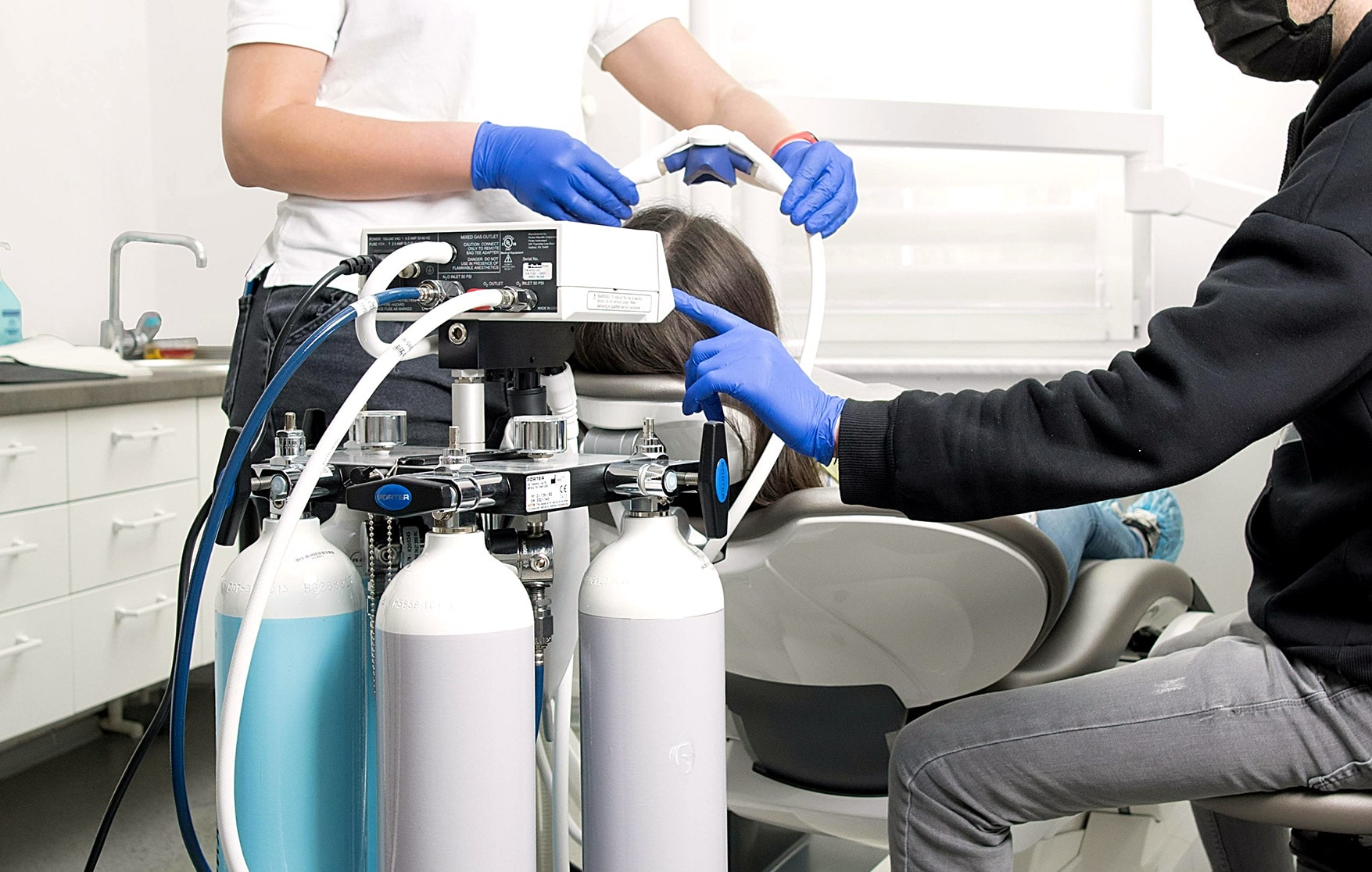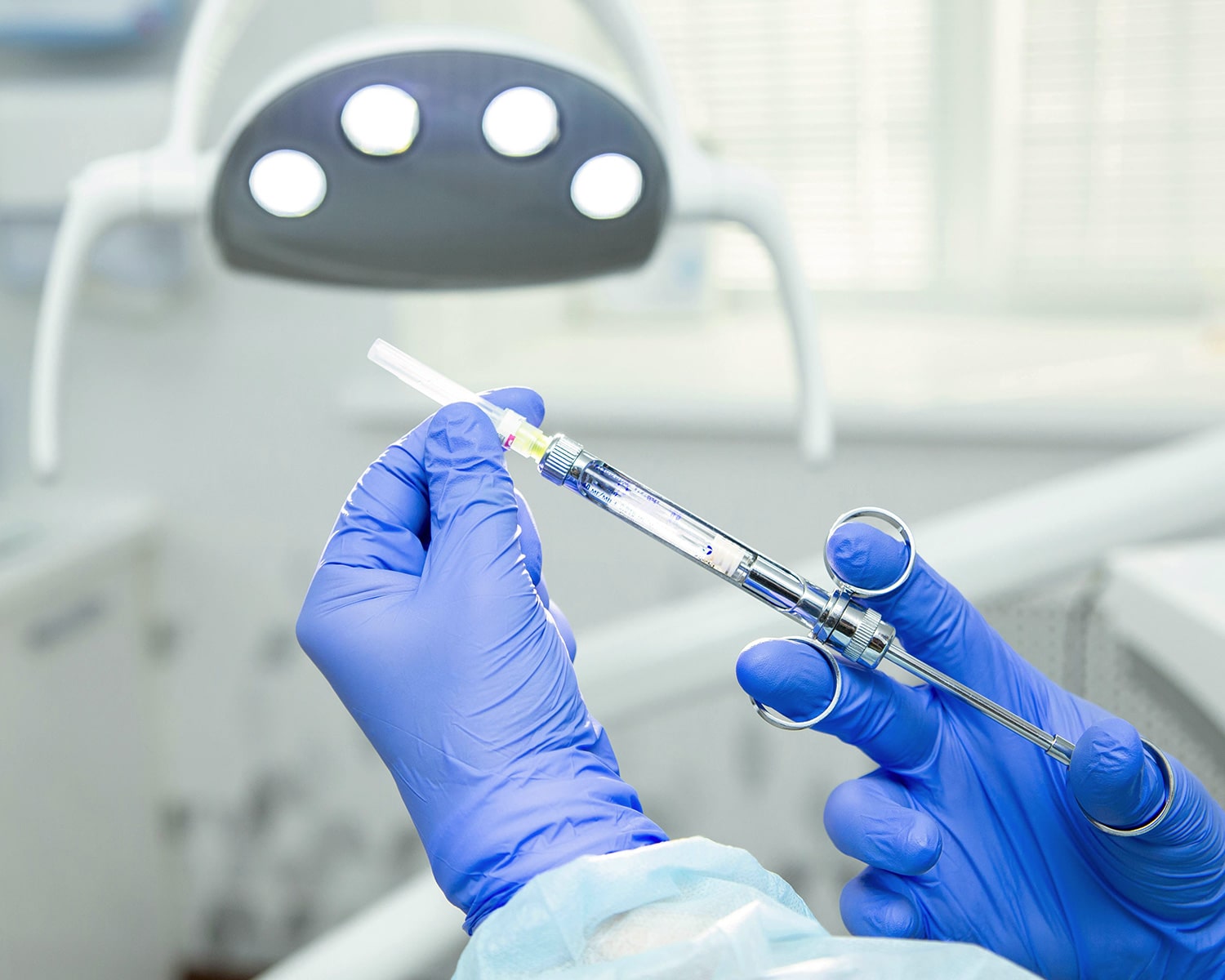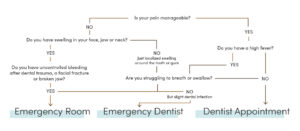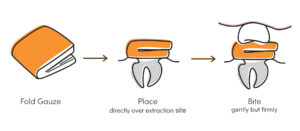Pain-Free Emergency Dentists with Sedation
Anxiety shouldn’t keep you from getting treatment. With the right sedation option, you can get emergency dental care calmly, comfortably, and safely. From severe toothaches to abscesses or broken teeth, a sedation dentist helps you through every step of the experience, without added stress.

Language
Coverage
Type of Care
Coverage
Language
Type of Care
Loading dental practices...
Types of Dental Sedation
Nitrous Oxide
“Laughing gas” provides mild relaxation and fades quickly.
Oral Sedation
A pill before treatment to ease anxiety and promote calm.
IV Sedation
Medicine administered intravenously provides rapid, deep relaxation.
General Anesthesia
Full unconsciousness for complex or surgical dental procedures.
Conscious Sedation
You stay awake but feel calm and very relaxed.
Personalized Sedation
Dentists tailor the strength of sedation to your individual comfort level.
What to Expect During Your Emergency Visit
Talk it through
Dentist reviews your health history and clearly explains options for sedation.

Get comfortable
Sedation takes effect, you relax, and treatment begins with less stress.

Head home safely
Rest as sedation fades; stronger options require a trusted ride home.
Why You Shouldn’t Wait
Anxiety is one of the biggest reasons people delay emergency dental care. Fear can make even a simple toothache feel overwhelming, and too often people wait until the pain is unbearable. Sedation dentistry changes that story. With safe, proven options, you can relax calmly while your dentist handles the problem, whether it’s an abscess, broken tooth, or severe pain. Instead of dreading the chair, you’ll be relaxed and cared for. Quick treatment means faster relief, fewer complications, and better chances of saving your tooth, protecting both your comfort and your long-term health.
The Patient Experience: What a Sedation Dentist Visit is Really Like
From the first phone call to the final check-in, the focus is on making you comfortable. Sedation dentists understand anxiety and never judge. You’ll be welcomed into a calm environment where your worries are heard, and every step is explained in simple terms. Before treatment, your dentist will explain what is going to happen and make sure you’re comfortable with the plan. During the procedure, you’ll remain relaxed and cared for by a team that closely monitors you. With sedation dentistry, you’re in control, and your comfort is always the top priority.
Sedation for Complex or Multiple Procedures
Sedation dentistry doesn’t just ease fear; it’s also a practical solution. If you need several treatments, sedation often makes it possible to complete them all in one visit. That means fewer appointments, less time off work, and less stress overall. For example, multiple fillings, a root canal with a crown, or even a full-mouth restoration can often be handled in a single session, with sedation. Patients appreciate walking in with a long to-do list and leaving with everything completed, without remembering the discomfort. Sedation provides convenience, peace of mind, and a faster recovery path back to your normal life.

Overcoming a Gag Reflex and Other Physical Barriers
Not every challenge in the dental chair is about stress. Some people have a strong gag reflex, making even routine care difficult. Others struggle to sit still due to medical conditions or mobility issues. Sedation helps here, too. By relaxing the body and mind, sedation can help calm the gag reflex and reduce physical strain, allowing your dentist to complete the necessary treatment more quickly. From cleanings to extractions, sedation makes dental care accessible for patients who might otherwise avoid it, opening the door to treatment you might have thought impossible.

Financials and Payment Options for Sedation
The cost of sedation dentistry is a common concern. While insurance doesn’t always cover sedation, especially for routine procedures, many offices provide flexible ways to manage the expense. Payment plans, third-party financing, and membership savings programs can help alleviate stress over the bill. Some offices even offer cash discounts for uninsured patients. Think of sedation as an investment in comfort and long-term health, allowing you to finally address problems that could worsen without care. The best first step is for us to connect you to the right dentist, then call them to ask about coverage, payment options, and which plan that works for you.
What to Bring and How to Prep
To make your visit go as smoothly as possible, try to bring the following
- A photo ID
- Your insurance card, if you have one
- Any dental devices or pieces of a broken tooth
- A list of any medications you’re taking
- Notes about your dental history, if you know it
What to Bring and How to Prep
And feel free to ask questions! Here are a few good ones to start you off
- What’s causing the pain?
- What are my options?
- How should I care for this after treatment?
Find a Sedation Emergency Dentist Near You
Sedation dentistry makes emergency care calm, safe, and stress-free. Find relief with a local dentist today.
Frequently Asked Questions
What is sedation dentistry?
Sedation dentistry uses medication to help patients relax during procedures. It’s helpful for anxiety, strong gag reflexes, or when extensive treatment is needed.
Is sedation dentistry safe?
It is safe. Dentists and staff are trained to monitor your vital signs throughout the procedure, to ensure your safety.
Will I be asleep?
With most sedation methods, you’ll be deeply relaxed but still conscious. Only general anesthesia puts you fully asleep.
What’s the difference between nitrous oxide, oral sedation, and IV sedation?
Nitrous oxide is inhaled and wears off quickly. Oral sedation is a pill that helps you relax. IV sedation is stronger and works within seconds.
How do I know which type of sedation is right for me?
Your dentist will recommend the best option based on your medical history, anxiety level, and procedure type.
How long will the effects last?
Nitrous oxide wears off quickly. Oral and IV sedation can last several hours, so you’ll need someone to drive you home.
Will I remember the procedure?
Many patients remember little to nothing, especially with oral or IV sedation.
Can sedation be used for routine check-ups?
Yes, it can. If anxiety keeps you from regular visits, sedation can make cleanings and exams possible.
Is sedation covered by insurance?
Sometimes. Coverage depends on your policy and whether it’s considered medically necessary.
Are there side effects?
Side effects are usually mild, such as drowsiness or nausea. Your dentist will give you instructions for recovery.
How should I prepare?
Follow your dentist’s directions, which can include fasting before the visit and arranging a ride home, if needed.
What procedures can be done with sedation?
Nearly any procedure, including extractions, root canals, crowns, and deep cleanings.
Related Information

Should You Go to the ER for Tooth Pain? A Quick Guide
Whether you should go to the ER for tooth pain depends on the severity of your pain and what other symptoms you’re experiencing. Read on for help deciding how to find relief.

How to Stop Bleeding After Tooth Extraction: Easy Tips for Immediate Relief
After a tooth extraction, some bleeding at the site is normal and will usually slow down within 2-3 hours. Gentle oozing (think pink saliva) will often continue for the first 24 hours. Below you’ll find tips for helping to stop the bleeding, and how to tell the difference between normal

Why Does My Tooth Hurt at Night? 5 Possible Reasons and What You Can Do Right Now
Dental problems often feel more painful at night because lying down increases blood flow to the head, which heightens pressure and sensitivity. Other common causes include increased sinus pressure and unconscious jaw clenching and teeth grinding. While the long-term solution may require a visit to the dentist, there are measures
